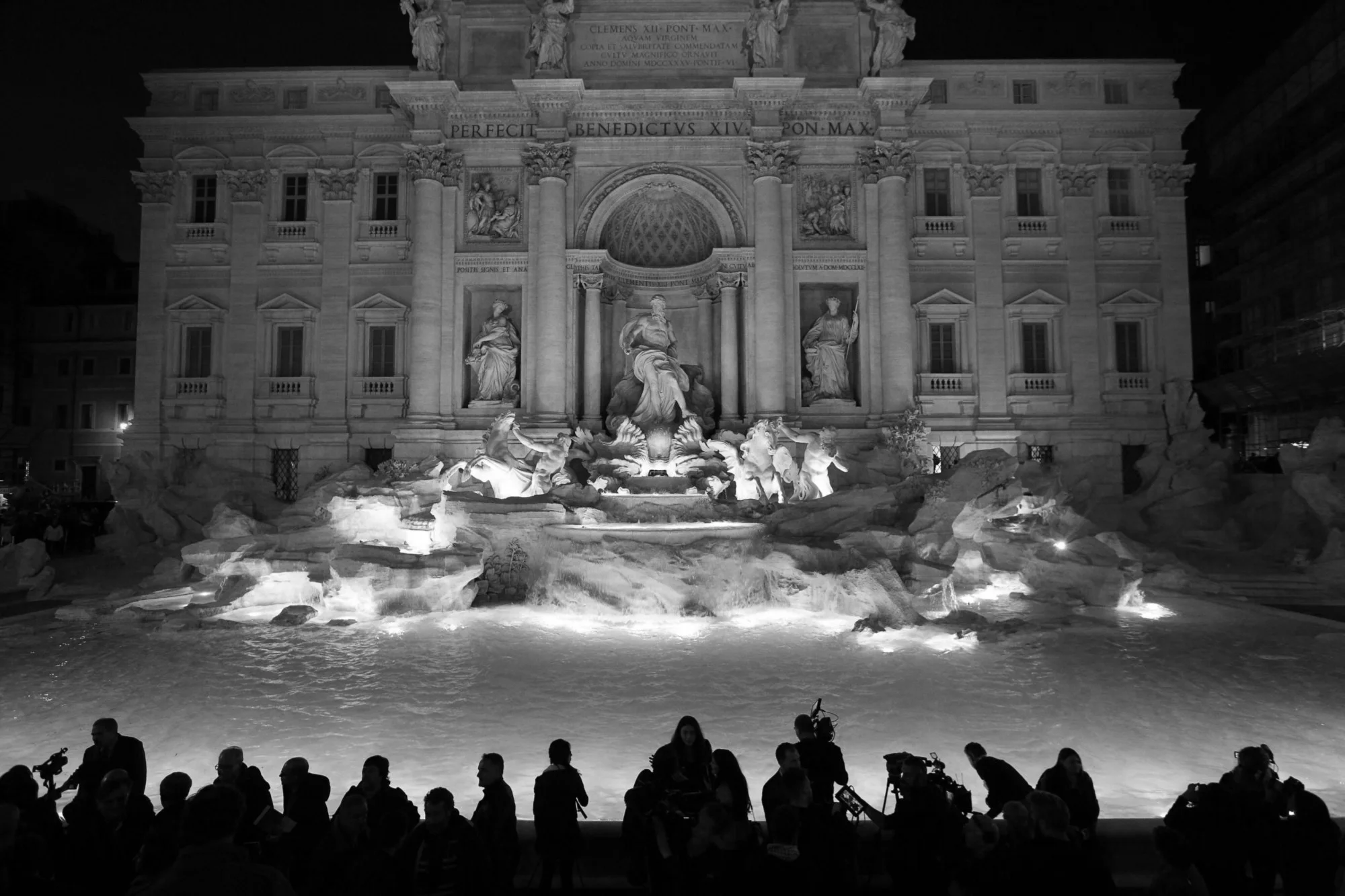If you are convinced about a simple answer of “yes”, then reading this article is more or less pointless.
The more complicated answer is — no, taste is an ideal that is objective, only your posession of it is subjective.
When I was a child, I used to visit countless art exhibitions with my parents. My father — a sculptor — used to ask me: “Do you like this painting? Or this sculpture”. I answered with candidness natural to children: “I don’t know” (if only more adults shared similar trait when unsure of an opinion). I really had no idea what painting or sculpture is good and did not know how to evaluate their qualities. My taste was basically non-existent.
However, after a decade of education and personal experience, I can tell you if the art / design piece is good or not and why. The difference between what I know now and back then is simple — immense amount of comparative experiences both in art and design. Now, this is not a place to talk about how I was trained and what I went through to achieve that experience, it is simply to illustrate a world of difference between someone who doesn’t know and someone who went through the effort to know.
We can say the degree of subjectivity of one’s taste is correlated to the magnitude of comparative experience.
The difference is indeed in comparative experiences. Someone who has observed 10,000 paintings will have a better idea of how to evaluate art than the one who glanced at one scribble. Extreme example, but essence of it applies to evaluation of every creative effort.
Based on this, we can say the degree of subjectivity of one’s taste is correlated to the magnitude of comparative experience. However, this equation is still not quite complete. Experience is the major component, but then there is the creativity itself. Creativity elevates the richness of comparative experiences into an active system that can find and create new analogies effectively and flexibly.
Simply said, this means the person will not become stale, conservative and myopic even after decades of experience in a specific creative field. This means the objectivity of one’s taste will be able to evaluate even experiences vastly different from the usual and appraise them more precisely.
How precisely? The accuracy of an articulated (as in described) opinion relies heavily on logic and intelligence. The ability to entitle creative processes and compose them into a comprehensible opinion.
In conclusion, a person can indeed have an objective taste. If the person can logically explain why precisely is something as whole or in parts qualitatively “good” or “bad”, the opinion can be called objective.
Objectivity of a taste is a marriage of comparative experience, creativity as a sum of intellectual +emotional richness and intelligence manifested in logic.
It’s no rocket science.






















